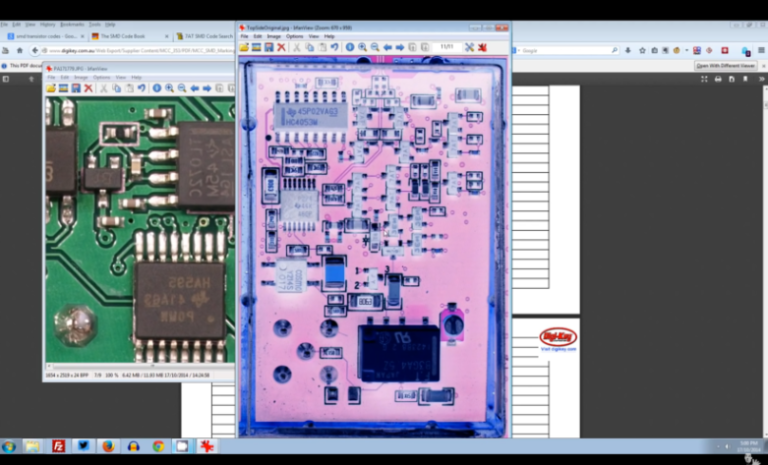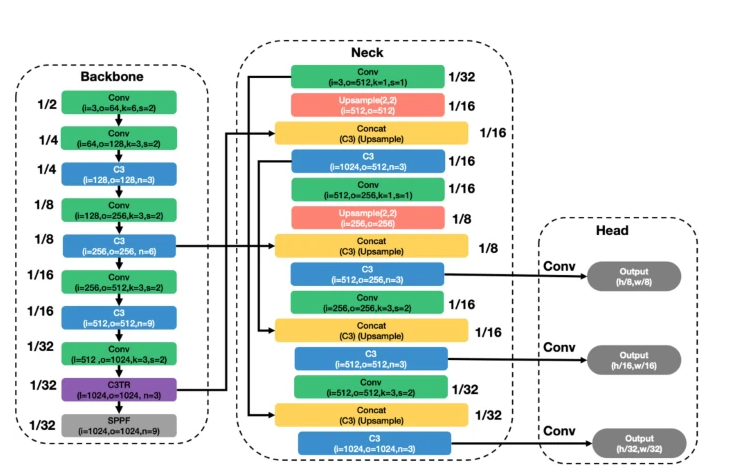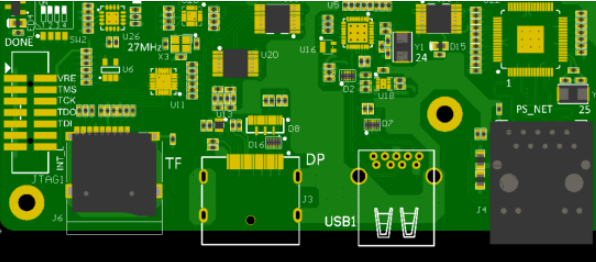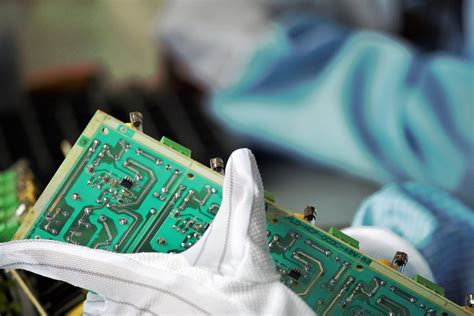Flex pcb calculator
Understanding the Basics: How a Flex PCB Calculator Works
In the rapidly evolving world of electronics, the demand for more compact, efficient, and flexible components has led to the development of flexible printed circuit boards (PCBs). These innovative circuits offer a myriad of advantages over traditional rigid PCBs, including enhanced flexibility, reduced weight, and the ability to fit into unconventional spaces.
As the complexity of electronic designs increases, so does the need for precise calculations to ensure optimal performance. This is where a flex PCB calculator becomes an invaluable tool for engineers and designers.
A flex PCB calculator is a specialized software tool designed to assist in the design and analysis of flexible printed circuit boards.
It provides engineers with the ability to input various parameters and receive detailed calculations that inform the design process. By understanding how a flex PCB calculator works, designers can make informed decisions that enhance the functionality and reliability of their electronic devices.
To begin with, a flex PCB calculator allows users to input specific design parameters such as the number of layers, material type, trace width, and spacing.
These inputs are crucial as they directly impact the electrical performance and mechanical properties of the PCB. For instance, the choice of material affects the board’s flexibility and thermal management capabilities, while the trace width and spacing influence the electrical resistance and signal integrity. By adjusting these parameters within the calculator, designers can explore different configurations and identify the most suitable design for their application.
Moreover, a flex PCB calculator provides insights into the mechanical behavior of the board.
Flex PCBs are often subjected to bending, twisting, and other mechanical stresses during their lifecycle. The calculator can simulate these conditions and predict how the board will respond, helping designers to avoid potential failures. This predictive capability is particularly important in applications where the PCB will be repeatedly flexed, such as in wearable technology or foldable devices. By understanding the mechanical limits of their design, engineers can ensure that the final product will withstand the intended use without compromising performance.
In addition to mechanical considerations, a flex PCB calculator also addresses thermal management.
As electronic devices become more powerful, they generate more heat, which can adversely affect performance and longevity. The calculator can model heat distribution across the board, allowing designers to identify hotspots and optimize the placement of components to enhance cooling. This thermal analysis is essential for maintaining the reliability and efficiency of the device, especially in high-performance applications.
Furthermore, a flex PCB calculator aids in cost estimation and optimization.
By providing a detailed breakdown of material usage and manufacturing processes, the calculator helps designers to assess the cost implications of their design choices. This information is invaluable for balancing performance requirements with budget constraints, ensuring that the final product is both effective and economically viable.
In conclusion, a flex PCB calculator is an essential tool for modern electronic design, offering a comprehensive analysis of both electrical and mechanical properties. By facilitating informed decision-making, it enables engineers to create flexible PCBs that meet the demands of increasingly complex applications. As technology continues to advance, the role of such calculators will only become more critical, ensuring that designers can keep pace with the ever-evolving landscape of electronic innovation.

Top Benefits of Using a Flex PCB Calculator for Your Design Projects
In the rapidly evolving world of electronics design, the integration of flexible printed circuit boards (PCBs) has become increasingly prevalent. These innovative components offer a myriad of advantages, including enhanced flexibility, reduced weight, and the ability to fit into compact spaces. However, designing flex PCBs can be a complex task, requiring precise calculations and careful planning. This is where a flex PCB calculator becomes an invaluable tool for engineers and designers. By leveraging the capabilities of a flex PCB calculator, professionals can streamline their design process, optimize their projects, and ultimately achieve superior results.
One of the primary benefits of using a flex PCB calculator is the significant reduction in design time.
Traditional methods of calculating the various parameters involved in flex PCB design can be time-consuming and prone to human error. A flex PCB calculator automates these calculations, providing accurate results in a fraction of the time. This efficiency allows designers to focus more on the creative aspects of their projects, rather than getting bogged down in the minutiae of manual calculations. Consequently, the overall design process becomes more efficient, enabling faster project completion and quicker time-to-market.
Moreover, a flex PCB calculator enhances the accuracy of design specifications.
Flex PCBs require precise calculations for parameters such as bend radius, trace width, and impedance control. Any miscalculation can lead to design flaws, potentially resulting in costly revisions or even project failure. By utilizing a flex PCB calculator, designers can ensure that these critical parameters are accurately determined, thereby minimizing the risk of errors. This precision not only improves the reliability of the final product but also enhances its performance, as the design is optimized to meet specific requirements.
In addition to improving accuracy, a flex PCB calculator also facilitates better cost management.
Designing PCBs involves various cost considerations, including material selection, manufacturing processes, and component placement. A flex PCB calculator can help designers evaluate different design scenarios and their associated costs, allowing for more informed decision-making. By understanding the cost implications of various design choices, engineers can optimize their designs to achieve the desired balance between performance and budget. This strategic approach to cost management can lead to significant savings, particularly in large-scale production runs.
Furthermore, the use of a flex PCB calculator promotes innovation and creativity in design projects.
With the ability to quickly and accurately assess different design options, engineers are empowered to experiment with novel ideas and unconventional configurations. This flexibility encourages the exploration of new possibilities, leading to innovative solutions that may not have been considered otherwise. As a result, designers can push the boundaries of what is possible with flex PCBs, creating cutting-edge products that stand out in the competitive electronics market.
In conclusion, the integration of a flex PCB calculator into the design process offers numerous advantages that can significantly enhance the quality and efficiency of electronic projects. By reducing design time, improving accuracy, facilitating cost management, and promoting innovation, this tool proves to be an essential asset for engineers and designers working with flexible PCBs. As the demand for compact, lightweight, and versatile electronic devices continues to grow, the importance of utilizing advanced tools like the flex PCB calculator will only become more pronounced, ensuring that designers can meet the challenges of modern electronics design with confidence and precision.
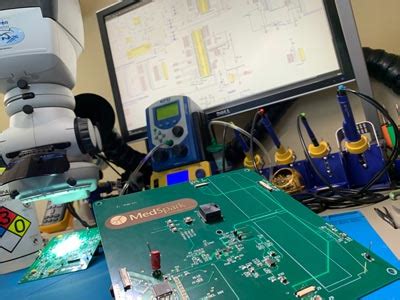
Step-by-Step Guide: Designing Flexible Circuits with a Flex PCB Calculator
Designing flexible circuits can be a complex process, but with the advent of advanced tools like the flex PCB calculator, it has become more accessible and efficient. This tool is indispensable for engineers and designers who aim to create flexible printed circuit boards (PCBs) that meet specific requirements while optimizing for cost and performance. To begin with, understanding the fundamental principles of flexible circuits is crucial. These circuits are designed to bend and flex, making them ideal for applications where space is limited or where the circuit needs to conform to a specific shape. They are commonly used in industries such as consumer electronics, automotive, and medical devices.
The first step in designing a flexible circuit using a flex PCB calculator is to define the project requirements.
This involves determining the electrical and mechanical specifications, such as the number of layers, the type of materials to be used, and the environmental conditions the circuit will be exposed to. By inputting these parameters into the calculator, designers can quickly assess the feasibility of their design and make informed decisions about the materials and processes to be used.
Once the initial parameters are set, the next step is to design the circuit layout.
The flex PCB calculator aids in this process by providing real-time feedback on the design’s compliance with industry standards and best practices. It allows designers to experiment with different configurations, such as varying the trace width and spacing, to optimize the circuit’s performance. Additionally, the calculator can simulate the circuit’s behavior under different conditions, helping to identify potential issues before the design is finalized.
Transitioning from design to production, the flex PCB calculator continues to play a vital role.
It can estimate the cost of manufacturing the circuit based on the selected materials and processes. This feature is particularly useful for budget-conscious projects, as it allows designers to explore cost-saving alternatives without compromising on quality. Furthermore, the calculator can generate detailed reports that outline the design specifications, material requirements, and production timelines, facilitating communication with manufacturers and ensuring that the final product meets the desired standards.
In addition to aiding in the design and production phases, the flex PCB calculator also supports the testing and validation of flexible circuits.
By simulating various stress tests, such as bending and twisting, the calculator can predict the circuit’s durability and reliability. This information is invaluable for designers who need to ensure that their circuits will perform as expected in real-world applications. Moreover, the calculator can suggest design modifications to enhance the circuit’s resilience, thereby reducing the risk of failure and extending its lifespan.
In conclusion, the flex PCB calculator is an essential tool for designing flexible circuits. It streamlines the design process, from defining project requirements to testing and validation, by providing accurate simulations and cost estimates. By leveraging this tool, designers can create high-quality flexible circuits that meet specific performance criteria while optimizing for cost and manufacturability. As technology continues to advance, the capabilities of flex PCB calculators are expected to expand, further simplifying the design process and enabling the creation of even more sophisticated flexible circuits.
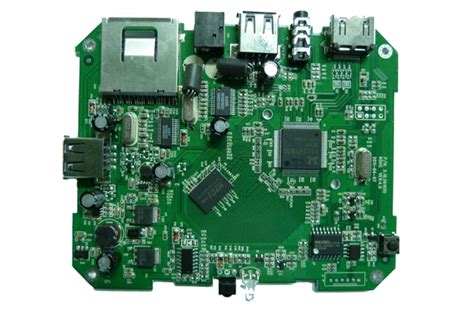
Common Mistakes to Avoid When Using a Flex PCB Calculator
When utilizing a flex PCB calculator, it is crucial to approach the process with precision and attention to detail. Flex PCB calculators are invaluable tools for engineers and designers, offering the ability to estimate various parameters and costs associated with flexible printed circuit boards. However, several common mistakes can undermine the accuracy and effectiveness of these calculations. By understanding and avoiding these pitfalls, users can ensure more reliable outcomes and optimize their design processes.
One frequent error is the input of incorrect or incomplete data.
Flex PCB calculators rely heavily on the accuracy of the information provided, such as material specifications, layer count, and dimensions. Entering incorrect values can lead to significant discrepancies in the calculated results. Therefore, it is essential to double-check all inputs before proceeding with the calculation. Additionally, users should ensure that they have a comprehensive understanding of the parameters required by the calculator, as overlooking any critical data can result in incomplete or misleading outputs.
Another common mistake is neglecting to consider the specific requirements of the application for which the flex PCB is being designed.
Each application may have unique demands, such as specific environmental conditions, mechanical stresses, or electrical performance criteria. Failing to account for these factors can lead to designs that are not fit for purpose. To avoid this, users should thoroughly analyze the application requirements and ensure that the calculator settings align with these needs. This may involve adjusting parameters such as bend radius, conductor width, or material type to better suit the intended use.
Furthermore, users often overlook the importance of validating the results provided by the flex PCB calculator.
While these tools are designed to offer accurate estimates, they are not infallible. It is advisable to cross-reference the calculator’s outputs with industry standards or consult with experienced professionals to verify the results. This additional step can help identify any anomalies or errors that may have arisen during the calculation process, thereby enhancing the reliability of the final design.
In addition to these technical considerations, users should also be mindful of the limitations inherent in flex PCB calculators.
These tools are typically based on predefined algorithms and assumptions, which may not account for every possible variable in a complex design. As a result, they may not always provide a comprehensive solution for every scenario. Users should be aware of these limitations and use the calculator as a guide rather than an absolute authority. Supplementing the calculator’s outputs with additional analysis or simulation can provide a more holistic understanding of the design’s feasibility and performance.
Lastly, it is important to stay updated with the latest advancements in flex PCB technology and calculator tools.
The field of flexible electronics is continually evolving, with new materials, processes, and design techniques emerging regularly. By keeping abreast of these developments, users can ensure that they are utilizing the most current and effective tools available, thereby enhancing the accuracy and efficiency of their design processes.
In conclusion, while flex PCB calculators are powerful aids in the design of flexible printed circuit boards, they require careful and informed use to avoid common mistakes. By ensuring accurate data input, considering application-specific requirements, validating results, acknowledging tool limitations, and staying informed about industry advancements, users can maximize the benefits of these calculators and achieve more successful design outcomes.


